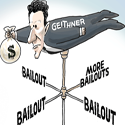Toxic Assets
In 2008, it just so happened that many large Wall Street financial institutions had given a lot of loans to people and companies who weren’t able to pay them back. So they were going to lose a lot of money. However, they did not want to lose a lot of money.
Privatizing Gains and Socializing Losses
The solution was to have their friends at the Fed run their money counterfeiting machine. The Fed could then buy all the bad loans from the financial institutions for way more than they were actually worth. This process is known as quantitative easing (QE).
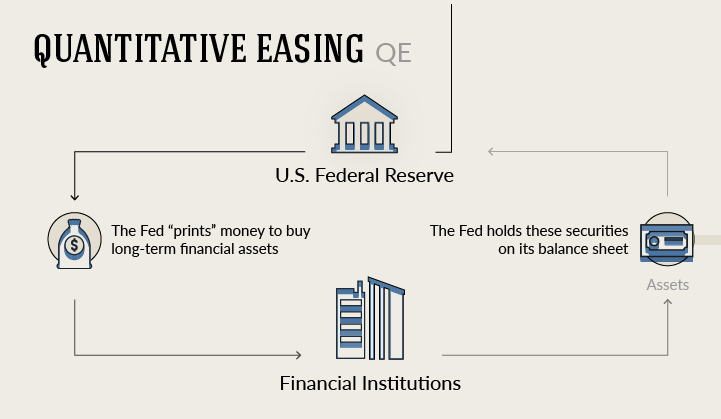
Heads CEO’s Win, Tails You Lose
Then they used their free money to reward all the executives for their bad decisions. Goldman Sachs Group Inc., Morgan Stanley, and JPMorgan Chase & Co. paid out a total of $18 billion in bonuses in 2008 while receiving a combined total of $45 billion in taxpayer dollars through the Troubled Asset Relief Program (TARP).
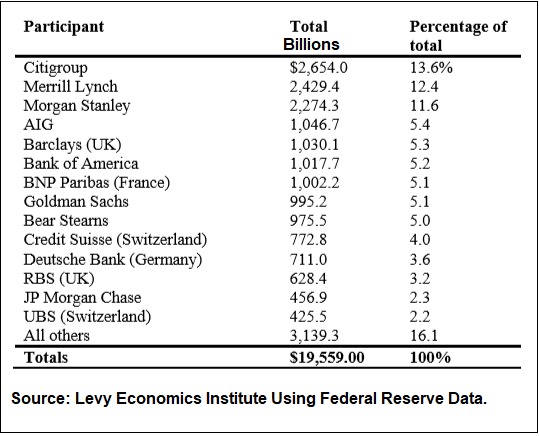
Moral Hazard and Malinvestment
The moral of the story for bankers:
Whenever you make a good investment:
- you get to keep all the profits.
When you made a bad investment:
- the Fed will give you a bunch of free money
- the losses get spread over the entire population.
There’s No Inflation, So What’s the Harm?
There are two types of inflation.
- Monetary Inflation – This is an increase in the total money supply in the economy.
- Price Inflation – This is an increase in the cost to purchase a particular good or service.
People tend to conflate these two types and mush them into the single term Inflation. However, it’s very important to always distinguish between the two.
The reason counterfeiting is bad is that it causes price inflation and makes everyone’s money worth less. The Fed has created enormous monetary inflation. They created about $6 trillion in new money in the last 12 years.
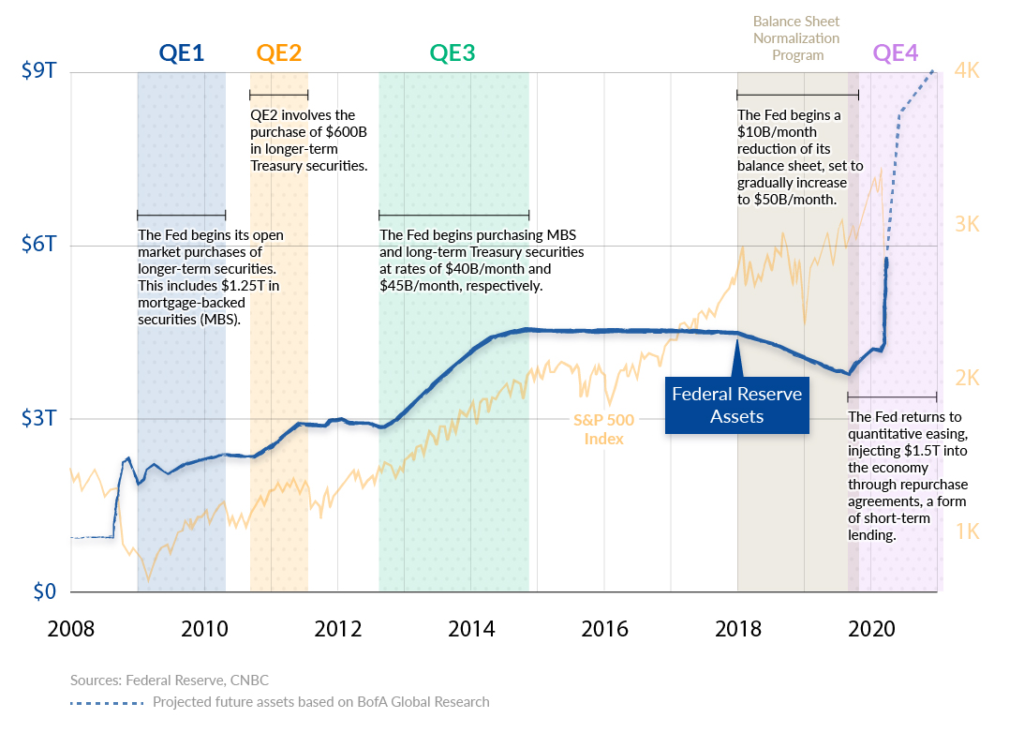
However, annual price inflation has only been about 1.5% over the period.
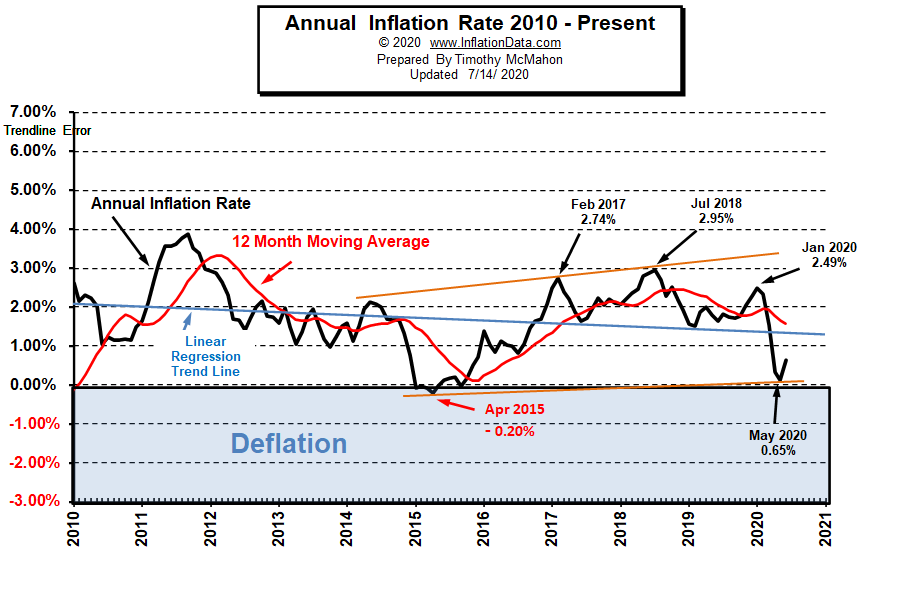
Podcast: Play in new window | Download

